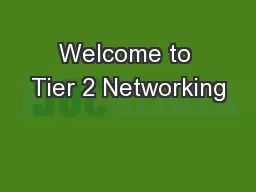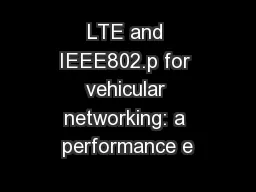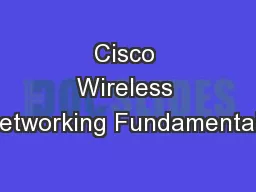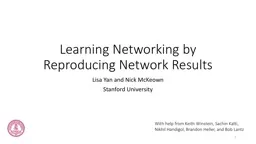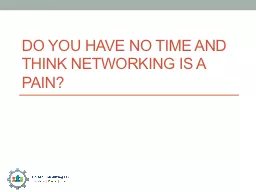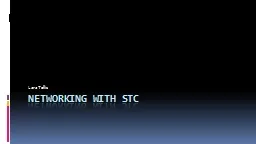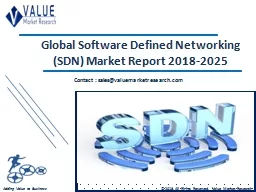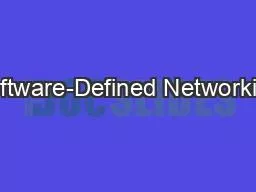PPT-Welcome to Tier 2 Networking
Author : mitsue-stanley | Published Date : 2018-11-02
Agenda 830 12pm Welcome Big Picture Review of MTSS Tier 2 Conversations Guest Presentations Lake Forest North Elementary Gallaher Elementary Tiered Fidelity
Presentation Embed Code
Download Presentation
Download Presentation The PPT/PDF document "Welcome to Tier 2 Networking" is the property of its rightful owner. Permission is granted to download and print the materials on this website for personal, non-commercial use only, and to display it on your personal computer provided you do not modify the materials and that you retain all copyright notices contained in the materials. By downloading content from our website, you accept the terms of this agreement.
Welcome to Tier 2 Networking: Transcript
Download Rules Of Document
"Welcome to Tier 2 Networking"The content belongs to its owner. You may download and print it for personal use, without modification, and keep all copyright notices. By downloading, you agree to these terms.
Related Documents

